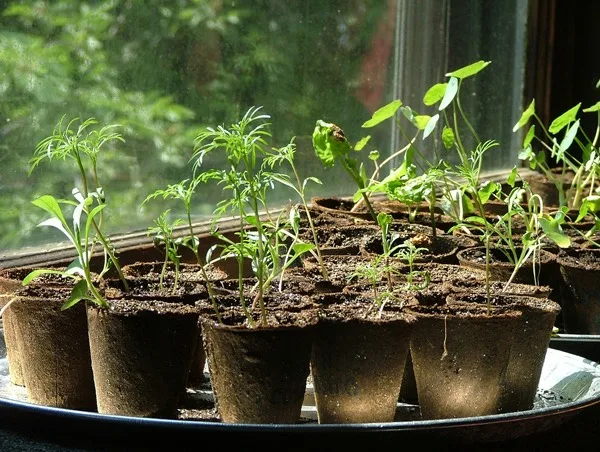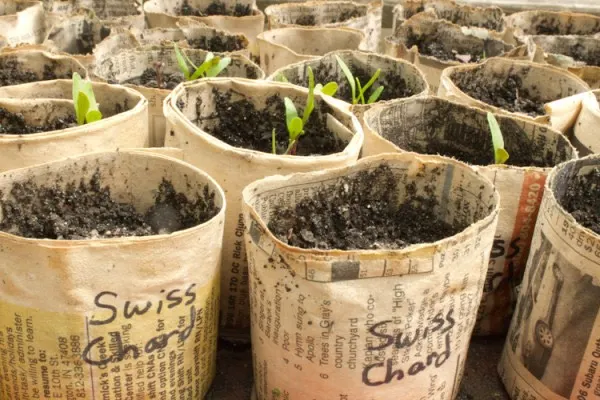
For The Stir-Crazy Gardener
Published Date: Jan 19, 2015
Photo credit: flagstafflandscape.com
After a few weeks of dull skies, cold temperatures, and store-bought tomatoes, many avid gardeners find themselves fighting off the off-season blues – you know that deep longing to thrust fingers into a pot of soft, moist soil, nurture tiny seedlings with trickles of fresh water, and of course the joy of watching vines and petals grow. If you find yourself in the above situation, here’s some tips to get that green thumb of yours active again and a great jump start on next summer’s garden. Indoor planting tips: Timing is everything, now and then: Indoor planting times can make a difference in the overall health of your plants when they make the transition outdoors. Plants that are indoors too long can end up weak and spindly as a result, compromising their ability to produce when it matters most. To determine the best time to plant your seeds inside, hybrid or heirloom, call local nurseries, garden clubs, and so on to identify the date of the last frost of the previous season. You should plan most seeds like tomatoes 6 – 8 weeks before the last frost is expected for the upcoming season. photo credit: gardeningknowhow.com
Indoor Containers: The container you use to plant your seeds is not as important as the preparation of the container itself. The key is that each container has good drainage in the bottom. No need to spend a lot of money on containers as you can easily drill or punch holes in the bottom of egg cartons, yogurt containers, milk cartons, plastic pop bottle bottoms, and so on. Just make sure they are clean before adding soil and planting seeds.

photo credit: craftingagreenworld.com
Preparing for the Big Day: Just like raising kids, there comes a time to set your plants free outside in the real world. If possible, transplant them to your outdoor garden areas on a cloudy day to make exposure to the sun’s natural heat a bit less shocking. Dig a hole twice the size of the plantling’s roots and create a depression around the stem to help water flow deep toward the root vs. stay shallow on the surface.

photo credit: quickcrop.ie
And to make life a bit easier on the newly independent plant, try adding a few “house-like” elements to its outdoor environment. Maybe a water feature to bring back the sounds of trickling water from your greenhouse, or a pergola that casts shade from the sun’s penetrating glare at just the right times.

Whatever you do, enjoy running your fingers through the soft warm soil inside your warm home this winter, making depressions around little roots with your ever-green thumb, and visualizing a perfect garden next summer in your beautiful backyard!







